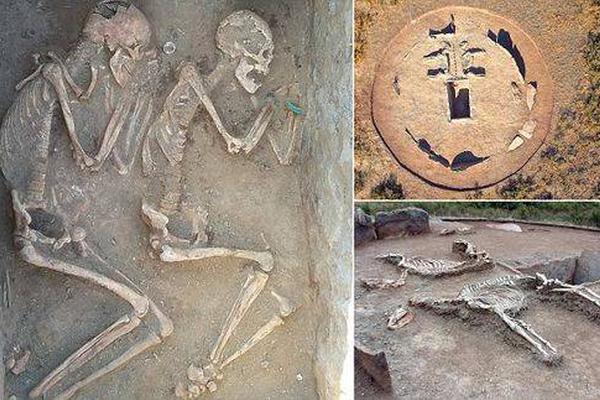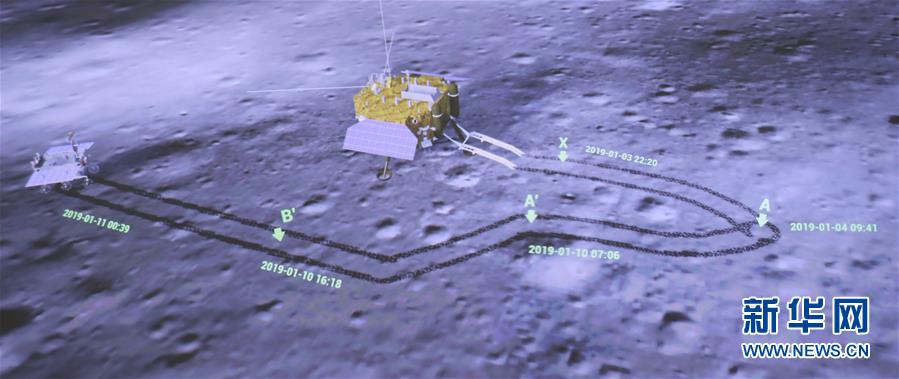
1. Database management systems include Oracle, Sybase, Informix, Microsoft SQL Server, Microsoft Access, etc. Ora.Cle Oracle stands for Oracle Database, or the abbreviation of Oracle RDBMS. It is the relationship database management system of Oracle Company. It is a product that is in the first position in the database domain.
2. Commonly used database systems include relational database management system, non-relational database management system, embedded database management system, and distributed database management system.
3. Database management systems include Oracle, MySQL, SQL Server, PostgreSQL, SQLite, etc.
4. MySQL MySQL is an open source relational database management system. It is one of the most popular database software and is widely used in web applications and small businesses.MySQL has the characteristics of high performance, scalability and stability, and supports a variety of operating systems and programming languages.
The functions of the database management system include defining the database, managing the database, maintaining the database, data communication functions, etc.
The main functions of the database management system (DBMS) are: data definition function. Data access function. Database operation management function. Database establishment and maintenance functions. The transmission of the database. Data definition function.
The main functions of the database management system are as follows: data definition function: the database management system provides the function of creating and defining database structure.Users can define the structure and attributes of database objects such as tables, fields and indexes. Through these definitions, the system can store and manage data correctly.

1. Oracle Oracle system, that is, with OraThe cle relational database is a database management system built on the basis of data storage and management. Oracle, the world's first commercial database that supports SQL language, is located in high-end workstations and small computers as servers.
2. Database management systems include Oracle, Sybase, Informix, MicrosoftSQLServer, Microsoft Access, etc. Oracle is the abbreviation of Oracle Database, or Oracle RDBMS. It is the relationship database management system of Oracle Company. It is a product that is in the first position in the database domain.
3. DatabaseThe management systems include Oracle, MySQL, SQL Server, PostgreSQL, SQLite, etc.
4. DB2: DB2 is a series of relational database management systems produced by IBM, which serve on different operating system platforms respectively. 04 ACCESS: An associated database management system released by Microsoft.
How to facilitate cross-border returns-APP, download it now, new users will receive a novice gift pack.
1. Database management systems include Oracle, Sybase, Informix, Microsoft SQL Server, Microsoft Access, etc. Ora.Cle Oracle stands for Oracle Database, or the abbreviation of Oracle RDBMS. It is the relationship database management system of Oracle Company. It is a product that is in the first position in the database domain.
2. Commonly used database systems include relational database management system, non-relational database management system, embedded database management system, and distributed database management system.
3. Database management systems include Oracle, MySQL, SQL Server, PostgreSQL, SQLite, etc.
4. MySQL MySQL is an open source relational database management system. It is one of the most popular database software and is widely used in web applications and small businesses.MySQL has the characteristics of high performance, scalability and stability, and supports a variety of operating systems and programming languages.
The functions of the database management system include defining the database, managing the database, maintaining the database, data communication functions, etc.
The main functions of the database management system (DBMS) are: data definition function. Data access function. Database operation management function. Database establishment and maintenance functions. The transmission of the database. Data definition function.
The main functions of the database management system are as follows: data definition function: the database management system provides the function of creating and defining database structure.Users can define the structure and attributes of database objects such as tables, fields and indexes. Through these definitions, the system can store and manage data correctly.

1. Oracle Oracle system, that is, with OraThe cle relational database is a database management system built on the basis of data storage and management. Oracle, the world's first commercial database that supports SQL language, is located in high-end workstations and small computers as servers.
2. Database management systems include Oracle, Sybase, Informix, MicrosoftSQLServer, Microsoft Access, etc. Oracle is the abbreviation of Oracle Database, or Oracle RDBMS. It is the relationship database management system of Oracle Company. It is a product that is in the first position in the database domain.
3. DatabaseThe management systems include Oracle, MySQL, SQL Server, PostgreSQL, SQLite, etc.
4. DB2: DB2 is a series of relational database management systems produced by IBM, which serve on different operating system platforms respectively. 04 ACCESS: An associated database management system released by Microsoft.
Optimizing tariff schedules by HS code
author: 2024-12-24 02:15Nutraceuticals HS code verification
author: 2024-12-24 02:11Aluminum products HS code insights
author: 2024-12-24 01:21HS code research for EU markets
author: 2024-12-24 00:11How to integrate HS codes into BOMs
author: 2024-12-24 00:08Optimizing tariff schedules by HS code
author: 2024-12-24 01:34HS code-based tariff reconciliation
author: 2024-12-24 01:24How to integrate HS codes into BOMs
author: 2024-12-24 00:56Top-rated trade data platforms
author: 2024-12-24 00:55Canada shipment tracking services
author: 2024-12-24 00:46 Identifying duty exemptions via HS code
Identifying duty exemptions via HS code
399.13MB
Check High-precision instruments HS code mapping
High-precision instruments HS code mapping
714.93MB
Check HS code-based trade data analytics
HS code-based trade data analytics
884.92MB
Check Trade analytics for risk mitigation
Trade analytics for risk mitigation
362.74MB
Check Agritech products HS code classification
Agritech products HS code classification
484.92MB
Check HS code-based market readiness assessments
HS code-based market readiness assessments
418.63MB
Check USA trade data analysis
USA trade data analysis
245.94MB
Check Industry-specific import regulation data
Industry-specific import regulation data
561.58MB
Check Trade data-driven portfolio management
Trade data-driven portfolio management
639.38MB
Check Country-wise HS code tariff relief
Country-wise HS code tariff relief
637.82MB
Check Biodegradable materials HS code verification
Biodegradable materials HS code verification
559.83MB
Check HS code correlation with global standards
HS code correlation with global standards
547.82MB
Check How to find compliant suppliers
How to find compliant suppliers
829.27MB
Check How to track multiple supply chain tiers
How to track multiple supply chain tiers
891.27MB
Check Real-time HS code duty updates
Real-time HS code duty updates
362.87MB
Check HS code mapping to logistics KPIs
HS code mapping to logistics KPIs
723.34MB
Check How to refine supply chain visibility
How to refine supply chain visibility
816.82MB
Check Advanced shipment analytics software
Advanced shipment analytics software
513.57MB
Check HS code-driven supplier rationalization
HS code-driven supplier rationalization
944.59MB
Check Trade data for healthcare supplies
Trade data for healthcare supplies
572.79MB
Check HS code-based compliance in Asia-Pacific
HS code-based compliance in Asia-Pacific
972.89MB
Check HS code mapping tools for manufacturers
HS code mapping tools for manufacturers
296.64MB
Check Mining industry HS code analysis
Mining industry HS code analysis
195.98MB
Check Real-time cargo insurance insights
Real-time cargo insurance insights
168.43MB
Check Real-time freight capacity insights
Real-time freight capacity insights
527.98MB
Check Predictive container utilization analytics
Predictive container utilization analytics
454.96MB
Check Real-time customs inspection logs
Real-time customs inspection logs
385.61MB
Check HS code-driven customs clearance SLAs
HS code-driven customs clearance SLAs
992.95MB
Check shipment records analysis
shipment records analysis
229.31MB
Check HS code segmentation for industrial chemicals
HS code segmentation for industrial chemicals
735.68MB
Check How to manage trade credit risks
How to manage trade credit risks
914.19MB
Check International trade KPI tracking
International trade KPI tracking
182.45MB
Check How to comply with global trade regulations
How to comply with global trade regulations
218.85MB
Check Agriculture trade data by HS code
Agriculture trade data by HS code
838.12MB
Check European Union trade analytics
European Union trade analytics
247.81MB
Check HS code analytics for niche markets
HS code analytics for niche markets
839.64MB
Check
Scan to install
How to facilitate cross-border returns to discover more
Netizen comments More
1827 HS code indexing for specialized products
2024-12-24 02:23 recommend
217 Tire imports HS code classification
2024-12-24 02:15 recommend
2301 supply chain transparency
2024-12-24 00:51 recommend
1724 How to interpret trade deficit data
2024-12-24 00:39 recommend
209 How to manage cross-border complexity
2024-12-24 00:35 recommend